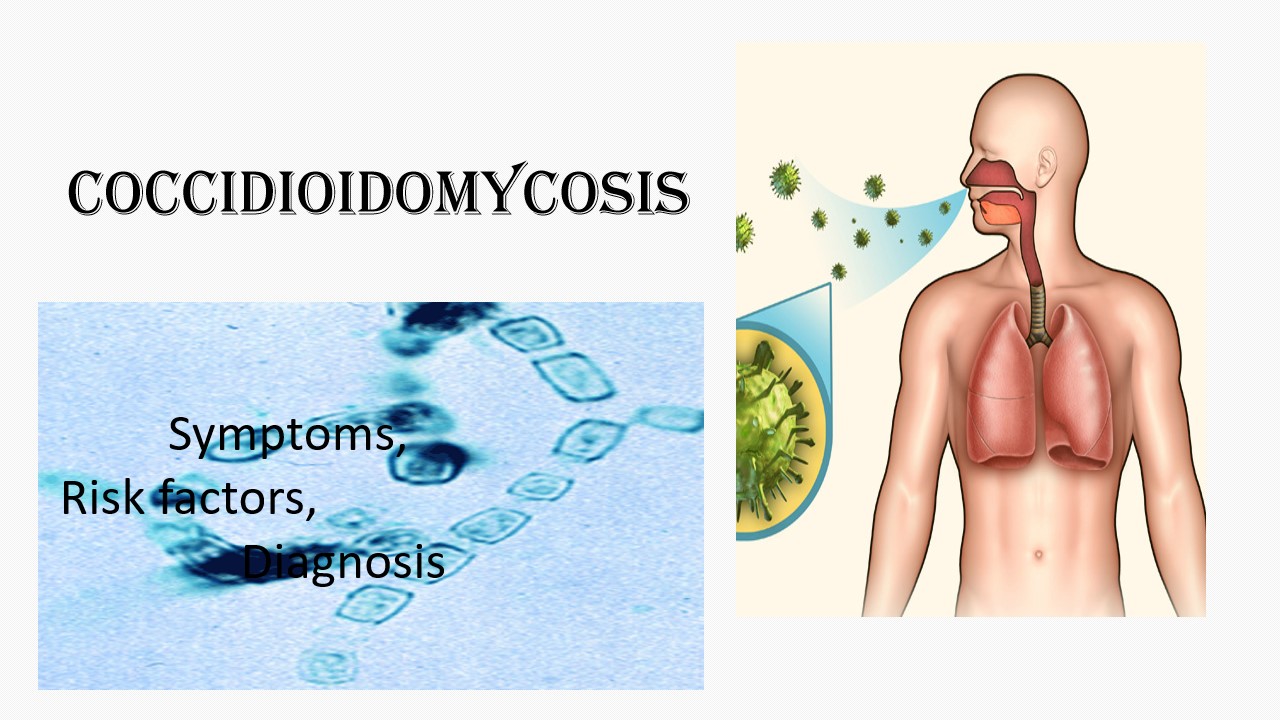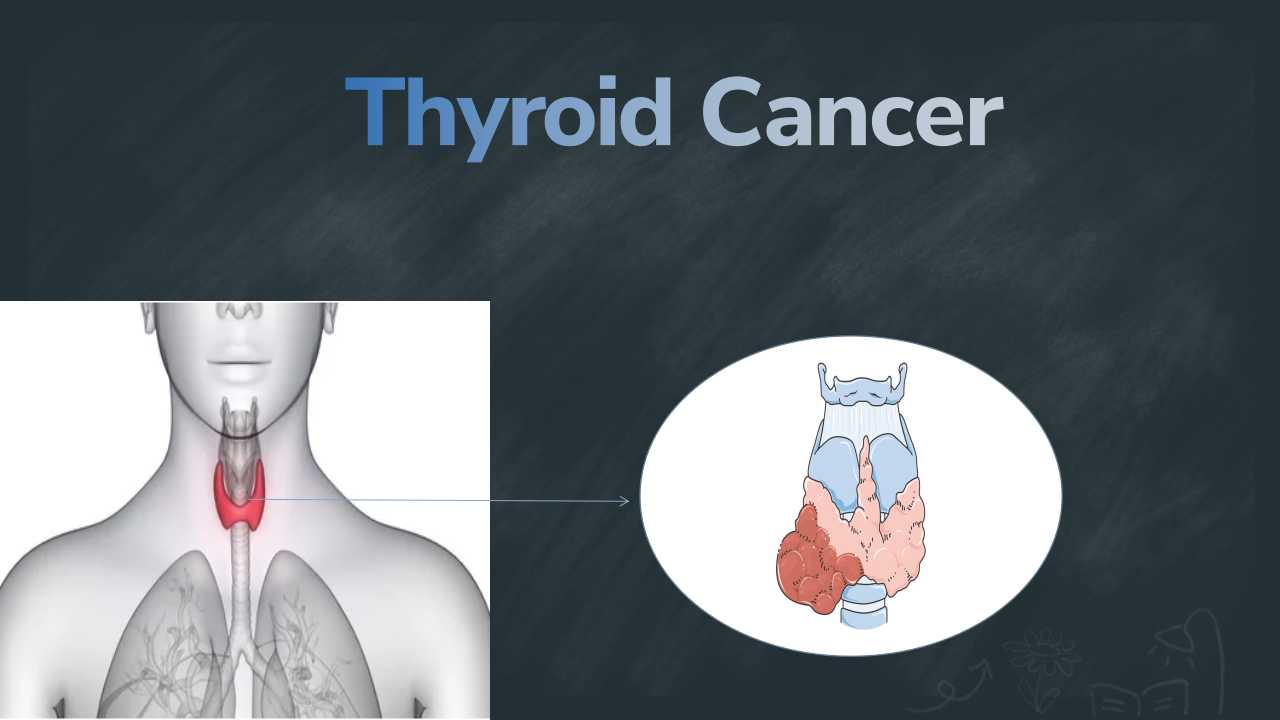
Coccidioidomycosis (Valley Fever)
Coccidioidomycosis is also known as valley fever. It is a fungal disease caused by coccidioides immitis and coccidioides posadasii. In certain areas, these types of fungi are most frequently found in the environment. Wind, construction, farming, and other activities that disturb the soil and release the spores of the fungus into the atmosphere. People may get coccidioidomycosis when people breathe the fungi. It typically affects the lungs. This type of infection is found in the area of the southwestern United states, including Arizona, the central valley of California, parts of New Mexico, and Texas west of El Paso. In northern Mexico, and foci occur in parts of Central America and Argentina. Coccidioides also occurs in Utah, Nevada, and south-central Washington.
Vally fever is a initial form of coccoidiomycosis(Acute coccidioidomycosis). If it is left to be untreated it causes serious problems. Such as chronic and disseminated coccidioidomycosis. Acute coccidioidomycocic (Valley fever), it is considered as a flu infection. it has a mild fever or no symptoms. It develops symptoms to two or three weeks after exposure. Chronic coccidioidomycosis, the initial form of coccidioidomycoaia is not treated properly then turn into pneumonia. People who have weak immune systems are mostly affected. Disseminated coccidioidomycosis is a lethal form of disease.in which the infection may be spread to the other parts of the body , including the skin, bones, liver, brain, heart, and the membranes that protect the brain and spinal cord (meninges).
Symptoms
- Fatigue (tiredness)
- Cough
- Fever
- Shortness of breath
- Headache
- Night sweats
- Muscle aches or joint pain
- Rash on upper body or legs
Causes/Risk factor
- Environmental exposure
- Weakened immune system
- Age
- mining
Diagnosis
Microbiology Department
The sputum sample was used as a specimen. Make a smear on the glass slide of the sample. Use of KOH Wet mount and calcofluor stains are used for observation of spherules which is usually 20 to 80 micrometers in diameter, thick-walled, and small endospores of 2 to 4 um for C. immit.
Coccidioides under the microscope
Histology Department: the biopsy of the lung tissue can be performed to diagnosis of Coccidioidomycosis. The samples were obtained from the patients and sent to the laboratory. The specimen is examined under the microscope with special stains.
tissue sample from a patient with Valley Fever
Reference:
- https://www.cdc.gov/fungal/diseases/coccidioidomycosis/symptoms.html
-
https://www.msdmanuals.com/en-in/professional/infectious-diseases/fungi/coccidioidomycosis





0 comments